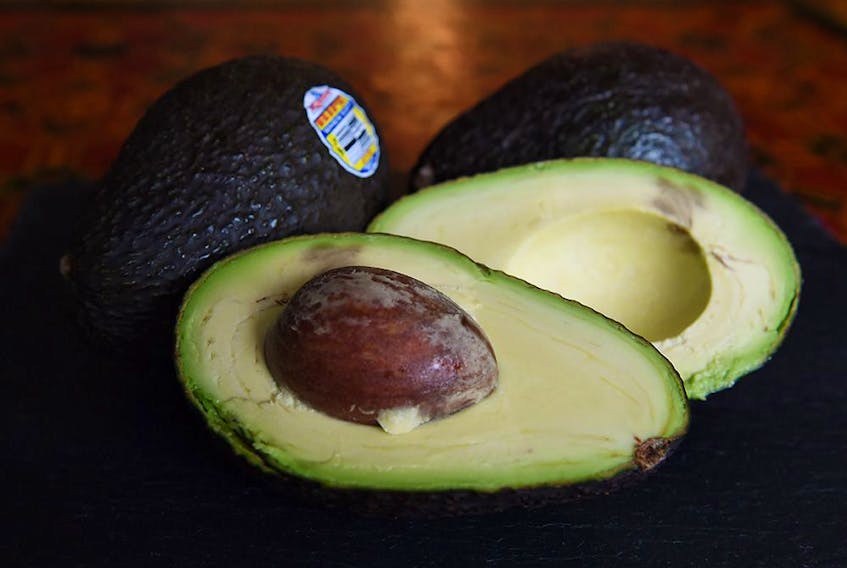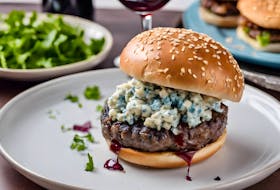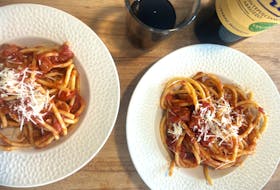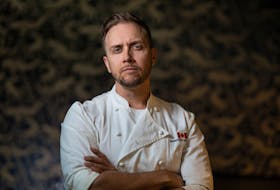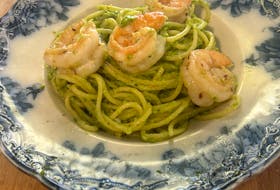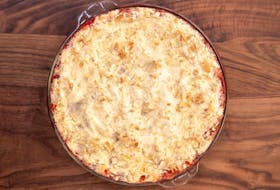Mashed for guacamole or smashed on a slice of toast, our collective love for avocado-anything has made it nearly impossible to imagine a world without it. To ensure future generations know the unique pleasures this Mexican fruit can bring, scientists at the University of Queensland (UQ) in Australia have figured out a way to conserve its biodiversity using cryopreservation.
In a world’s first, building on a 40-year body of research, PhD student Chris O’Brien — working with UQ Centre for Horticultural Science professor Neena Mitter and Raquel Folgado from The Huntington Library, Art Museum and Botanical Gardens in California — has developed a procedure to cryopreserve avocado shoots, which can then be “revived” and used to grow full-fledged, fruit-producing trees.
“The aim is to preserve important avocado cultivars and key genetic traits from possible destruction by threats like bushfires, pests and disease such as laurel wilt — a fungus which has the capacity to wipe out all the avocado germplasm in Florida,” O’Brien said in a statement announcing their research, which was published in Plant Cell, Tissue and Organ Culture .
The aim is to preserve important avocado cultivars and key genetic traits from possible destruction
The researchers initially began their work by removing avocado embryos from the seed. “We thought that as you do in IVF, we will store these avocado embryos in liquid nitrogen at minus 196 degrees Celsius,” Mitter told ABC Radio Brisbane . O’Brien then took it a step further by harvesting young shoot tips from an avocado tree, “which represent the true genetic nature of the plant,” and placing them in liquid nitrogen. Then came the question of how to revive them.
“At first I was just recovering brown mush after freezing the avocado tips,” said O’Brien. “There was no protocol so I experimented with priming the tips with Vitamin C, and used other pre-treatments like sucrose and cold temperature to prepare the cells — it was a question of trial and error to get the optimal mixture and correct time points.”
Unlike crops such as maize and wheat, whose seeds can be banked for future needs, many plants — including avocado, cacao, macadamia and mango — are unbankable . Dubbed “recalcitrant,” their seeds don’t hold up to dehydration and would decay in banks, Mitter explained. Additionally, because avocados cross pollinate, their seeds only hold part of the genetic picture. Storing the shoots in liquid nitrogen, which maintains its temperature without the need for electricity, is an ideal way to save the plant material indefinitely.
“They are the genetic resources that we may need in future to breed new varieties. To have those beautiful characteristics which make a tree disease-resistant or tolerate salinity. Or can be grown in wider climatic conditions to which it is grown now,” Nitter told ABC Radio Brisbane . “And in order to do that, we need to have that vital genetic base conserved so that the future generations can use it.”
O’Brien’s technique takes roughly 20 minutes to recover the plant material after its deep-freeze and two months for the avocado trees to grow new leaves. He’s had an 80 per cent success rate in regrowing cryopreserved Reed avocado plants; 60 per cent with Velvick. The plants have since left the laboratory — 80 resurrected avocado trees are growing in a UQ greenhouse, where researchers will study them for flowering times and fruit quality.
Mitter sees this as just the beginning of their life outside the lab. “I suppose you could say they are space-age avocados — ready to be cryo-frozen and shipped to Mars when human flight becomes possible,” she said. “But it is really about protecting the world’s avocado supplies here on Earth, and ensuring we meet the demand of current and future generations for their smashed ‘avo’ on toast.”
Copyright Postmedia Network Inc., 2020

